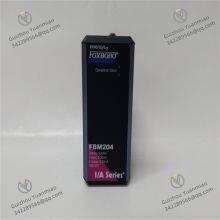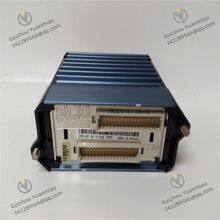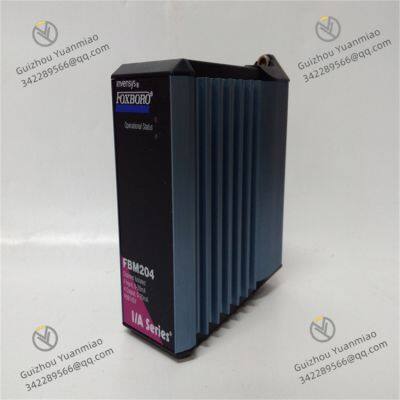
Send Inquiry to This Supplier
You May Also Like
-
Foxboro FBM212 P0914XL Interface ModuleNegotiableMOQ: 1 Piece
-
Foxboro FBM214 P0922VT HART Communication Input Interface ModuleNegotiableMOQ: 1 Piece
-
Foxboro FBM215 P0917TQ HART Communication Output ModuleNegotiableMOQ: 1 Piece
-
Foxboro FBM216 P0917TN I/O ModuleNegotiableMOQ: 1 Piece
-
Foxboro FBM217 P0914TR Fieldbus ModuleNegotiableMOQ: 1 Piece
-
Foxboro FBM218 HART Communication Redundant Output Interface ModuleNegotiableMOQ: 1 Piece
-
Foxboro FBM219 P0916RH Discrete Input/Output Interface ModuleNegotiableMOQ: 1 Piece
-
Foxboro FBM222 P0926TL Fieldbus ModuleNegotiableMOQ: 1 Piece
-
Foxboro FBM223 P0917HD Digital I/O ModuleNegotiableMOQ: 1 Piece
-
Foxboro FBM224 P0926GG Modbus Communication ModuleNegotiableMOQ: 1 Piece















































